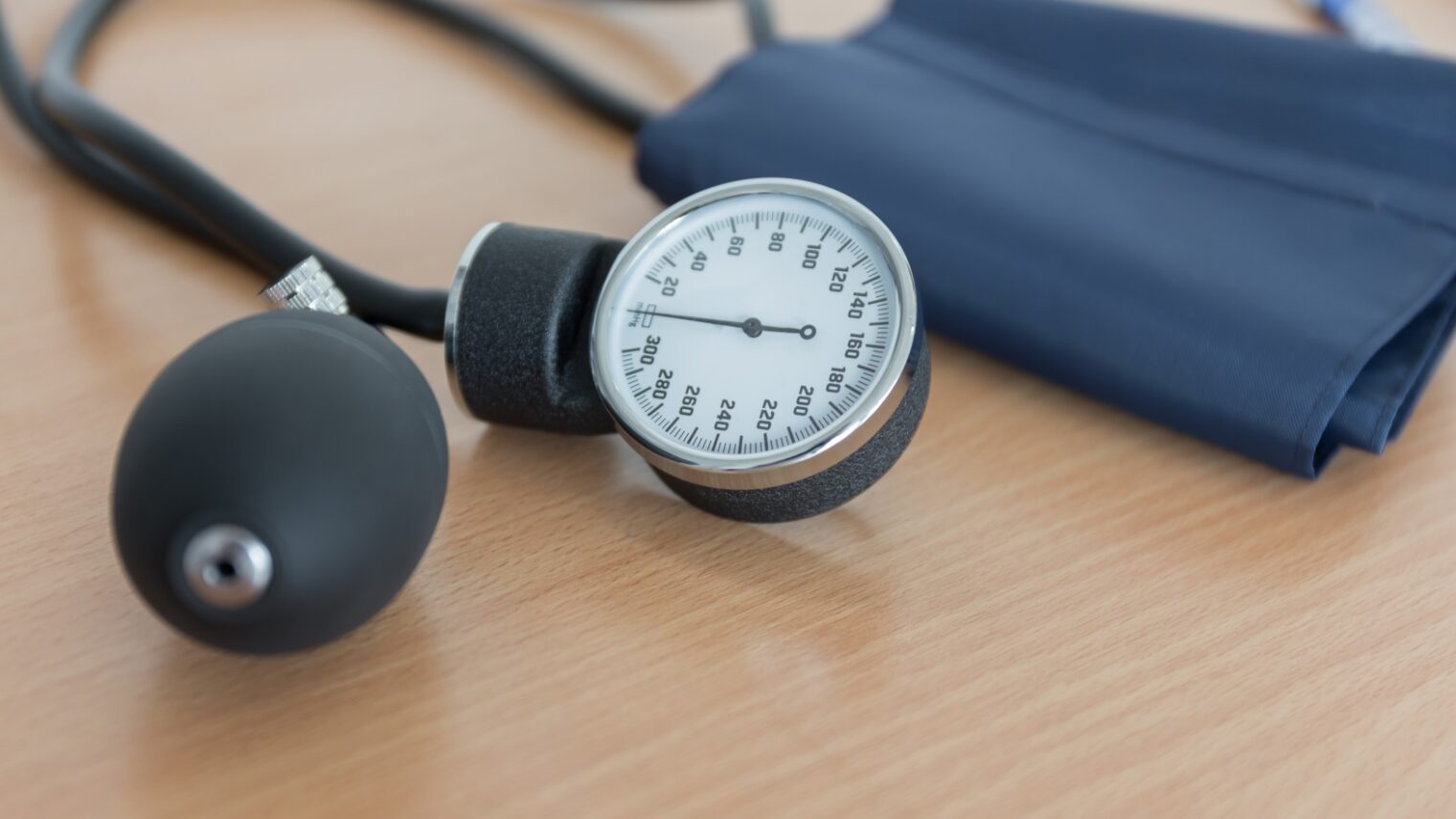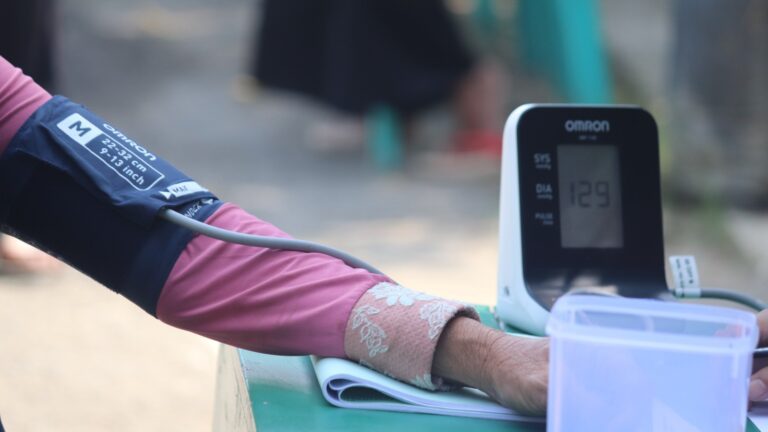Bob Stern’s father suffered a stroke at age 40. “When you have a stroke, your life and those around you are affected forever,” he says from experience.
Stern’s response was to build one of the largest stroke treatment companies in the world, Micrus Endovascular (MEND), acquired by Johnson & Johnson in 2010 for half a billion dollars. Two months later, he heard from renowned Israeli serial entrepreneur/inventor Yossi Gross of Rainbow Medical.
Gross invited Stern to Herzliya to examine his implantable invention for treating drug-resistant hypertension (high blood pressure). Hypertension is the leading cause of cardiovascular events including stroke, which occurs when the blood supply to the brain is interrupted or reduced.
Approximately 75 million Americans have hypertension, and more than five million of them are resistant to drug therapy. Worldwide, it’s estimated that one billion people have elevated blood pressure not adequately controlled by medication.
Stern accepted Gross’s invitation and later accepted an invitation to be president and CEO of Vascular Dynamics, the company Rainbow founded around this minimally invasive solution, called MobiusHD.
MobiusHD was awarded the European Union’s CE Mark in December 2015, and in February 2017 the US Food and Drug Administration (FDA) approved its participation in the Expedited Access Pathway (EAP) program. Pre-market clinical trials to evaluate the ongoing safety and performance of the device are taking place in the United States and Europe.
How MobiusHD works
The MobiusHD device is implanted inside the carotid artery, where it amplifies the signals sent to the artery’s baroreceptor nerves, prompting these nerves to alert the brain continuously that the patient’s blood pressure is very high. The brain responds by signaling the blood vessels to dilate, which reduces blood pressure.
“It’s the brilliant mind of Yossi Gross that allowed this to come forward,” says Stern. “He had a simple idea that if you can impact the baroreceptors, you can potentially modulate blood pressure in these patients.”
Stern established the company in Mountain View, California, where he had access to former MEND employees. They determined the implant’s final shape and delivery system.
“When people look at our technology, they say ‘Wow, that is so simple.’ It’s the same reaction I had when I first saw it,” says Stern.
https://youtu.be/I-WUGvm5z-8
Dr. Brian Williams, director of NIHR University College London Hospitals Biomedical Research Centre and co-primary investigator in Vascular Dynamics’ worldwide clinical trial, said Mobius HD technology “may provide an important solution for patients who have not benefited from other device- or drug based treatments. We are enthusiastic about the product’s potential as we have seen tremendous results in early studies in the US and Europe.”
The other primary investigator is Dr. Gregg Stone, director of cardiovascular research and education for Columbia University Medical Center/New York-Presbyterian Hospital and co-director of medical research and education at the Cardiovascular Research Foundation.
Looking ahead
When Stern took over Vascular Dynamics in November 2011, the current wisdom held that ablation of the renal artery was the best bet for curing resistant hypertension. About 50 companies attempted to commercialize that solution, but it ultimately sputtered out as did another approach that involved placing leads on the internal carotid sinus to pace blood pressure.
According to Stern, only five companies are now working toward a non-pharmaceutical solution for resistant hypertension. The one rival closest to Vascular Dynamics’ solution is CVRx, whose Barostim Neo implantable device modulates the baroreceptor electrically to reduce the symptoms of heart failure. The Minnesota-based company has raised hundreds of millions in investment. However, says Stern, the current prototype is expensive, requiring surgery that lasts two to three hours, and the battery must be replaced every 24-36 months at a cost of $20,000.
“We’re a very simple, minimally invasive procedure,” says Stern, referring to the 50-minute implant procedure under local anesthesia to thread MobiusHD via a catheter from the groin to the carotid artery.
Trials to date have shown that upon discharge, MobiusHD patients’ clinical blood pressure is down about 36 points. Ambulatory blood pressure, measured in the course of a patient’s daily life, is reduced by about 20 points at six months with a concurrent reduction in blood pressure seen to be stable in patients for over three years.
Just how long the reduction continues is the subject of further studies.
Vascular Dynamics has16 fulltime employees and about 15 contractors around the world. The company recently won another $10 million in funding, bringing its total raise to about $33 million. Stern says more money will be raised in coming months for ongoing trials. The team also plans to study the impact of MobiusHD in heart failure.
“We now look forward to working closely with the FDA to try to reduce the time to get innovative devices to the patients that need them, while still maintaining the high standards of safety, efficacy and scientific validity required by the program,” Stern says.
For more information, click here.
















